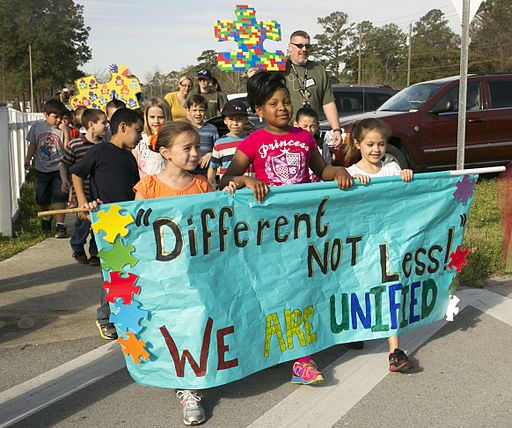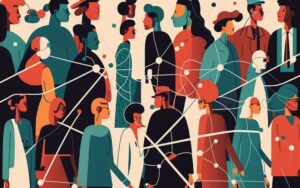
February 27, 2017; Crain’s Chicago Business
Nonprofit staff and board members understand that board diversity is critically important to the success of an organization. The benefits of diversity, as noted by the National Council of Nonprofits, include better decision-making, improved ability to respond to external threats and opportunities, ability to serve a community when said community is represented in board leadership, and a lower risk of stagnation not only in creativity but also funding streams.
Given these benefits, it comes as no surprise that funders are now rewarding organizations that indicate a commitment to diversity and inclusion. For many organizations, however, diversity stops at gender and ethnicity, ignoring the unique and important perspectives that people with disabilities bring to the conversation. For instance, the Chicago Sinfonietta board of directors was recently hailed as the most diverse nonprofit board in Chicago last year. Although the board was made up of people from all walks of life, no one on the board had a disability.
According to Crain’s Chicago, while nearly 20 percent of the American population identifies as having a disability, only a scant two percent serve as nonprofit board members. This is a shockingly low number when we consider that a GuideStar search for disability organizations indicates that there are least 28,000 nonprofit organizations that specifically serve people with disabilities in the U.S. There are a total of 1.5 million nonprofit organizations registered in the U.S., most of which likely serve people with disabilities, even though that is not their focus, and they may not even be aware of it. Further, since a number of disabilities are invisible, it’s likely that all organizations serve people with disabilities whether they know it or not.
Sign up for our free newsletters
Subscribe to NPQ's newsletters to have our top stories delivered directly to your inbox.
By signing up, you agree to our privacy policy and terms of use, and to receive messages from NPQ and our partners.
What this means is that key stakeholders, community members, and constituents are excluded from the planning process. Moreover, these organizations are not able to benefit from these individuals’ experience. Emily Harris, executive director of ADA 25 Advancing Leadership, points out that people with disabilities are “an untapped talent pool.”
Part of the solution is being more inclusive when considering who may have a disability. It’s easy to spot a person in a wheelchair, but less visible are people with hearing loss using hearing aids or people with cognitive disabilities. As the population continues to both grow in size and age, the need for disability awareness will only grow.
For organizations that do want their boards to be inclusive of people with disabilities, there are a few simple steps to take to indicate that the organization is disabilities-friendly. An accessible website is a great place to start, as that is typically the first form of communication with the public at large. Further, always ask whether people require any accommodations when planning events. Lastly, when board positions do become available, encourage people with disabilities in the organization’s network to apply and speak up when on the board.
Marca Bristo, founder of Access Living, says people with disabilities “are significant contributors.” She goes on to say that if a nonprofit wants to include people with disabilities on their board, “it is not difficult to do.” Significant contributions that are not difficult to come by—sounds like a win for nonprofit organizations.—Sheela Nimishakavi












